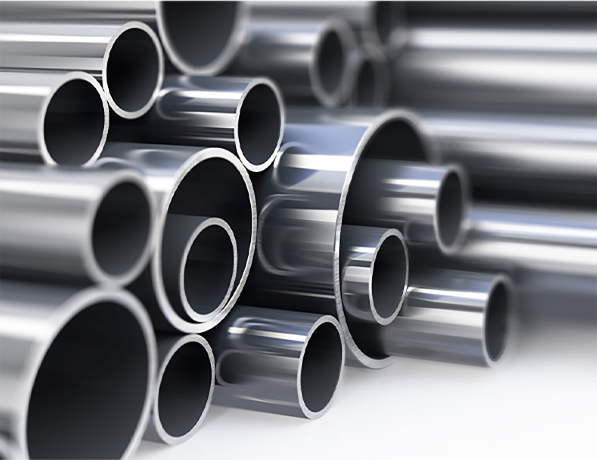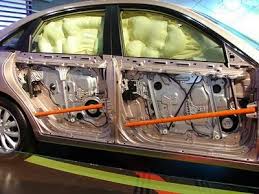types of mechanical components
2 月 . 01, 2025 02:08

Mechanical components are fundamental building blocks in a wide array of industries, shaping the way we design, engineer, and interact with machinery. From the simplest mechanisms to complex industrial machines, understanding the types and functionalities of mechanical components is crucial for innovation and efficient operation. Below is an exploration into various types of mechanical components, delving into their applications, materials, and functionalities to exhibit a strong grasp of their place in mechanical systems.

Mechanical components are primarily classified into several categories, each serving distinct functions fasteners, bearings, gears, belts, and couplings, among others. This classification offers insight into their versatile roles and specialized applications.
Fasteners are perhaps the most ubiquitous mechanical components, essential for joining parts securely. They include screws, bolts, nuts, and rivets, available in an array of materials such as steel, titanium, and polymers. Their selection depends on factors like load requirements, environmental conditions, and desired longevity. Stainless steel bolts, for instance, offer rust resistance crucial in corrosive environments, while titanium fasteners provide a high strength-to-weight ratio beneficial in aerospace applications.

Bearings reduce friction between moving parts and support rotational or linear movement. Ball bearings, roller bearings, and plain bearings are popular types, each suitable for specific load-bearing capacities and speeds. Ball bearings, with their low friction and ability to handle radial and thrust loads, are popular in electric motors and gearboxes. On the other hand, roller bearings, which provide greater load capacity, are preferred in heavy machinery and automotive applications, offering durability under heavy stress and load.
Gears are fundamental in systems requiring torque and speed transmission. Diverse in design—spur gears, helical gears, bevel gears, and worm gears—they are integral in applications ranging from clock mechanisms to industrial conveyor belts. Spur gears are simple, economical solutions for parallel shafts, while helical gears reduce noise and handle higher loads due to their driven angle. Meanwhile, worm gears are ideal for providing high torque reduction in compact spaces, often employed in conveyors, elevators, and rudders.
types of mechanical components
Belts and chains offer power transmission between components and are critical in scenarios demanding flexibility and efficiency. V-belts, timing belts, and chain drives vary in application based on speed, distance, and power requirements. V-belts are favored for their simplicity in automotive engines and compressors, while timing belts, ensuring timed movement without slippage, are paramount in engines where valve operation is time-sensitive.
Couplings connect two rotating shafts, transferring rotational motion while accommodating misalignment. Types include rigid, flexible, and fluid couplings. Rigid couplings require precise alignment and are suitable for applications requiring high precision, like machine tools. Flexible couplings, including jaw couplings and gear couplings, accommodate minor misalignments and find use in pumps, mixers, and conveyor drives, where vibration dampening is advantageous.
Materials also play a vital role in the performance of mechanical components. The selection of materials like stainless steel, carbon steel, aluminum, and polymers hinges on factors such as strength, weight, corrosion resistance, and thermal properties. Stainless steel's excellent corrosion resistance makes it ideal for outdoor and marine environments, while polymers, being lightweight and corrosion-resistant, are perfect for applications where weight savings are crucial, like aerospace and consumer electronics.
The integration of advanced technologies, such as CAD (Computer-Aided Design) and 3D printing, enhances the innovation and customization of mechanical components. CAD provides precision design and testing opportunities before production, reducing errors and inefficiencies. Meanwhile, 3D printing supports rapid prototyping and small-batch production, allowing for the creation of complex geometries that were previously impossible or costly with traditional manufacturing methods.
Staying abreast of emerging trends in material science and manufacturing technologies will ensure continual advancement in the field of mechanical components. Robust design, precision manufacturing, and careful material selection will lead to improved performance and longevity of these vital components, reinforcing their importance in modern engineering solutions. Understanding the diverse types of mechanical components, their roles, and applications underpins successful engineering and innovation in numerous industries, from automotive and aerospace to consumer electronics and industrial manufacturing.


